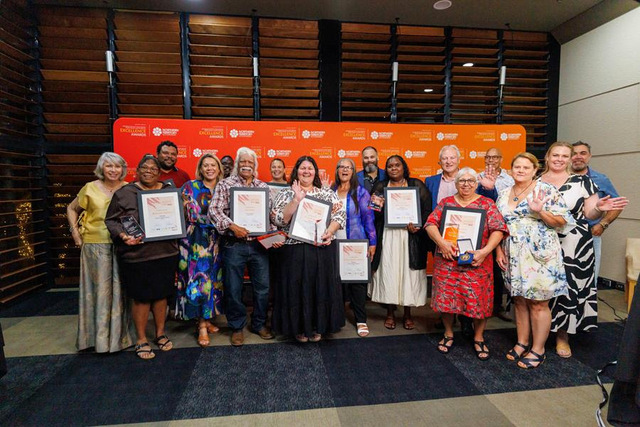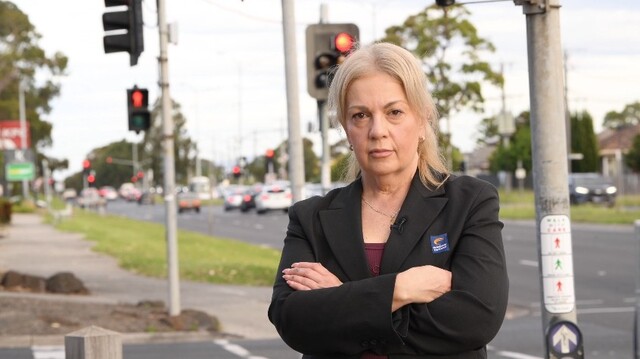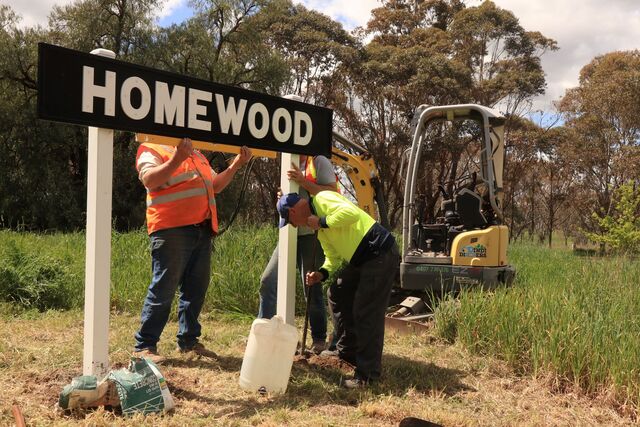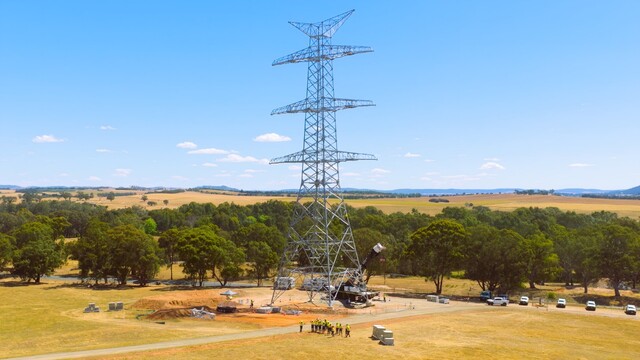The Federal Government’s Regional Growth Fund and Building Better Regions Fund don’t add up to a hill of beans in the context of regional Australia’s needs.
We simply have to tap the national savings sitting in the super funds.
The Regional Growth Fund has $272 million over four years.
Its emphasis is on connectivity, tourism and industry development.
Commendable aims, especially since tourism and industry development are so important to regional Australia.
However while 300+ applications were received in the latest round, only sixteen are proceeding to Stage 2.
This equates to success rate of five percent which is obviously very low. Most federal programs run at 15-20 percent.
The projects proceeding to Stage 2 are:
| South Rockhampton Flood Levee | Port Curtis, Qld |
| Peel Business Park & Agri-Innovation Precinct | Nambeelup, WA |
| Ulverstone Potato Processing Facility Upgrade | Ulverstone, Tas |
| Bundaberg Brewed Drinks Super Brewery | Bundaberg, Qld |
| Nannup Plywood Veneer Peeling Facility | Nannup, WA |
| Highway from Great Northern Highway to Northlink | Bullsbrook, WA |
| Katherine Flood Mitigation/Headworks Project | Katherine East, NT |
| Townsville Marine Tourism Precinct | Townsville, Qld |
| Harrup Park Country Club Sports Facilities | Mackay, Qld |
| Projectile Forging Plant on Greenfield site | Maryborough, Qld |
| Norco Ice Cream Business Upgrade | South Lismore, NSW |
| Port Spencer Deep Sea Wharf | Eyre Peninsula, SA |
| Rivers and Ridges Yarra Ranges Trail | Multiple Locations, Vic |
| Foreshore Redevelopment | Multiple Locations, Vic |
| Regional Aquatic, Arts and Leisure Precinct | Moruya, NSW |
| Mount Gambier Regional Sport/Recreation Centre | Mount Gambier, SA |
As an aside, the Bundaberg Brewery could cause some heartburn down the track because it’s a privately owned company.
And the forging plant at Maryborough is part of a munitions factory that should be funded out of the huge Defence budget!
And the Great Northern Highway work should be funded out of the huge roads programs! Don’t get me started.
Orphans
But to get to the key point, there are 284 projects that failed the Regional Growth Fund process – they are going to be orphans unless we can re-jig them.
In my experience, about a third of these projects are always going to be marginal.
But the other two-thirds probably just need to be properly scoped, have a decent feasibility study with financials, and then skilfully positioned to attract the right mix of funding between the various public and private funding sources.
This last point is critical in most non-urban regions where investments usually have a mix of public and private good.
Funding partnerships are necessary because private sector investment is constrained by low population densities and weak
revenue streams.
One way around this is for federal and state governments to finance infrastructure and activities that assist the project proponent as well as others in the locality.
This avoids picking winners and upsetting competitors.
But the problem is that we’re hopeless at measuring the public good.
Politicians and senior officials jump at projects without the necessary due diligence, and there are no standard metrics to determine the appropriate levels and sources of government funding.
This lack of metrics means all parties will be nervous about whether they’re paying the appropriate share.
This is turn leads to slow progress.
Perhaps some bright academic can make his/her name by developing a model that sheds light on the relative proportions of the private/public interest of projects?
It could rein in pork-barrelling and also get more projects moving forward!
Taking orphans forward
Anyway, we’ve been mulling here in Canberra, and we figure there’s a great window over the next six months given that the federal, Victorian and New South Wales elections are due within this period.
And politicians are talking about locating more migrants in regional areas.
Well this will require new jobs otherwise the migrants will be displacing existing workers or sitting out there on the dole.
So leaving the metrics issue aside for a moment, the major parties will be looking for job-creating, iconic projects that will garner favour with regional voters.
We’re keen to look at some of the orphans out there – to scope them so that politicians have the confidence to provide ‘in principle’ commitment in the election run-up.
We’re particularly interested in projects whereby federal/state funding can ‘crowd in’ private sector investment.
This would be groundbreaking stuff.
The sticking point is that the feds and state governments don’t like funding scoping and feasibility studies.
We’re thus in talks with the feds to relax their opposition to this, but a breakthrough won’t be easy.
So we’re currently investigating whether the super funds might play a role. If you have an iconic regional project, we’d love to bat on your behalf.
In brief
Drought Fund of $5 billion – Prime Minister Morrison’s announcement is good move. Although only 10 percent of the submarine funding, it does provide a base for long-term action. The naysayers will argue that it’s a subsidy of inefficient farm practices.
Privatisation of public assets – ex-Mandarin John Menadue has the ‘Pearls & Irritations’ website where lefties let off steam. Menadue wrote his own essay last week about the failures of numerous privatisation deals. Google it – a great piece.
Labor in front – the Labor team of Shorten-Plibersek-Albanese is running a tight agenda. The word is that Shorten’s ‘angry man’ persona has been worked on. But is there a Tampa around the corner? (Howard’s famous line in 2001 – ‘WE will decide who comes to this country and the circumstances in which they come’ – got him home 3 months later).
Labor’s leadership spill policy – if Labor want to jettison a sitting Labor PM, it now requires 75 percent Caucus support (60 percent for a sitting Labor Opposition leader); a vital plus for Labor (and Shorten?) in the election run-up.
Silicon Valley – we now have a longstanding Cockatoo member working for Google in Silicon Valley, arguably the world’s most dynamic cluster. He could be tempted to conduct an occasional tour for local government officials.
Rod Brown is a Canberra-based consultant and lobbyist specialising in industry/regional development, investment attraction and clusters, and accessing federal grants. He also runs the Cockatoo Network.
Phone: (02) 6231 7261 or 0412 922 559
Email: apdcockatoo[@]iprimus.com.au







